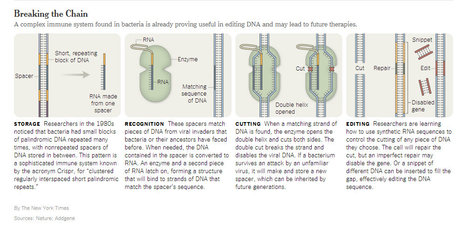(p. 6) Driverless vehicles and drone aircraft are no longer science fiction, and over time, they may eliminate millions of transportation jobs. Many other examples of automatable jobs are discussed in “The Second Machine Age,” a book by Erik Brynjolfsson and Andrew McAfee, and in my own book, “Average Is Over.” The upshot is that machines are often filling in for our smarts, not just for our brawn — and this trend is likely to grow.
How afraid should workers be of these new technologies? There is reason to be skeptical of the assumption that machines will leave humanity without jobs. After all, history has seen many waves of innovation and automation, and yet as recently as 2000, the rate of unemployment was a mere 4 percent. There are unlimited human wants, so there is always more work to be done. The economic theory of comparative advantage suggests that even unskilled workers can gain from selling their services, thereby liberating the more skilled workers for more productive tasks.
. . .
Labor markets just aren’t as flexible these days for workers, especially for men at the bottom end of the skills distribution.
. . .
Across the economy, a college degree is often demanded where a high school degree used to suffice.
. . .
The law is yet another source of labor market inflexibility: The number of jobs covered by occupational licensing continues to rise and is almost one-third of the work force. We don’t need such laws for, say, barbers or interior designers, although they are commonly on the books.
. . .
Many . . . labor market problems were brought on by the financial crisis and the collapse of market demand. But it would be a mistake to place all the blame on the business cycle. Before the crisis, for example, business executives and owners didn’t always know who their worst workers were, or didn’t want to engage in the disruptive act of rooting out and firing them. So long as sales were brisk, it was easier to let matters lie. But when money ran out, many businesses had to make the tough decisions — and the axes fell. The financial crisis thus accelerated what would have been a much slower process.
Subsequently, some would-be employers seem to have discriminated against workers who were laid off in the crash. These judgments weren’t always fair, but that stigma isn’t easily overcome, because a lot of employers in fact had reason to identify and fire their less productive workers.
For the full commentary, see:
TYLER COWEN. “Economic View; Automation Alone Isn’t Killing Jobs.” The New York Times, SundayBusiness Section (Sun., APRIL 6, 2014): 6.
(Note: ellipses added.)
(Note: the online version of the commentary has the date APRIL 5, 2014.)
The Brynjolfsson and McAfee book mentioned is:
Brynjolfsson, Erik, and Andrew McAfee. The Second Machine Age: Work, Progress, and Prosperity in a Time of Brilliant Technologies. New York: W. W. Norton & Company, 2014.
The Cowen book that Cowen mentions is:
Cowen, Tyler. Average Is Over: Powering America Beyond the Age of the Great Stagnation. New York: Dutton Adult, 2013.






